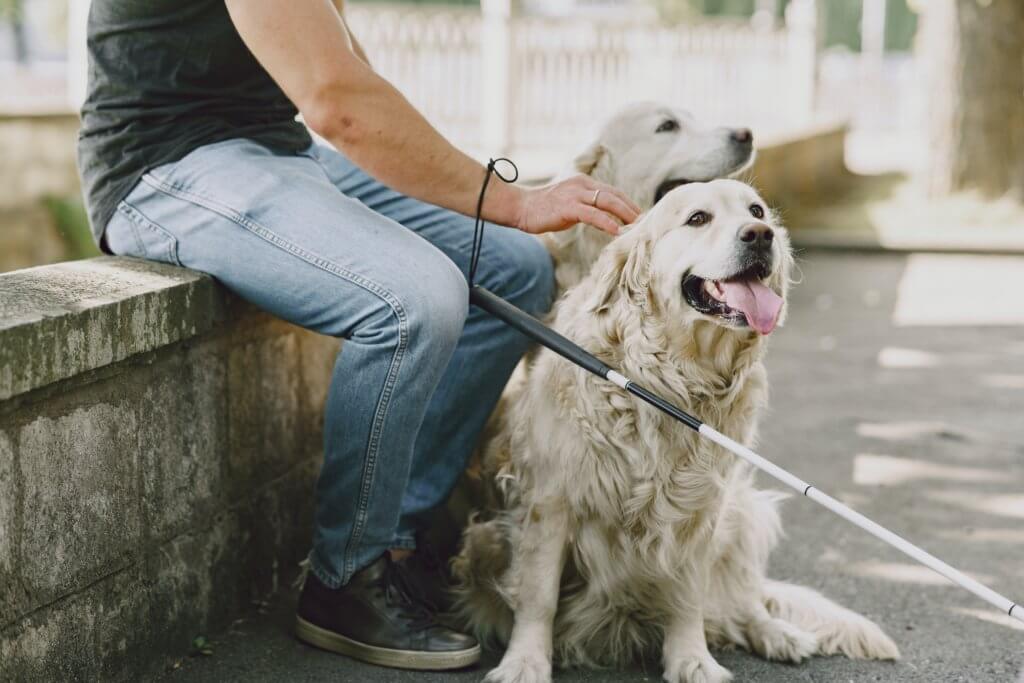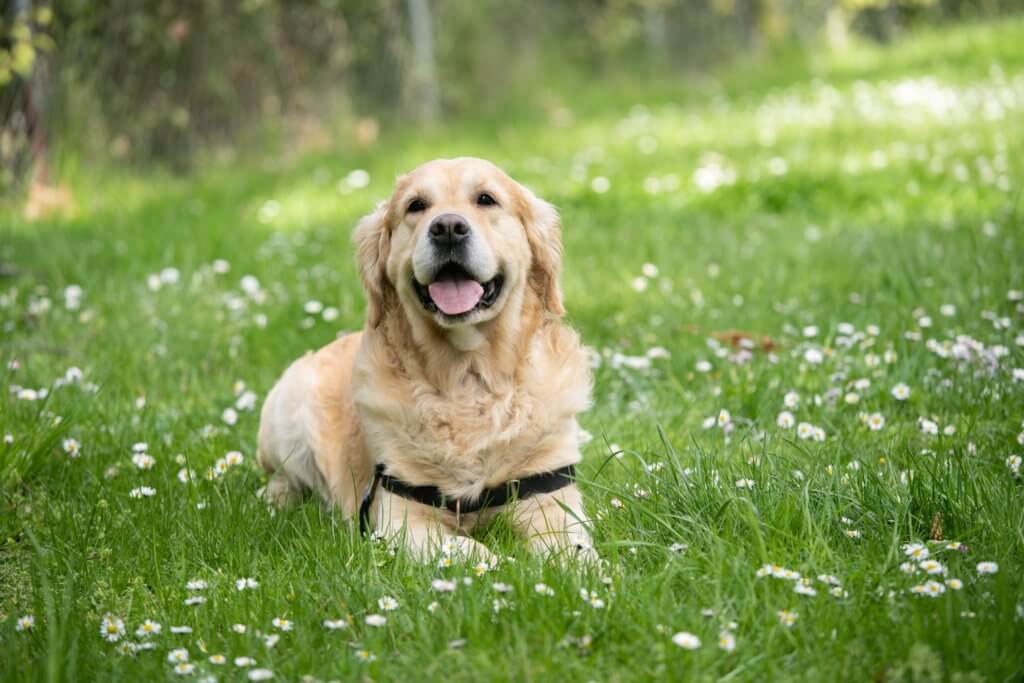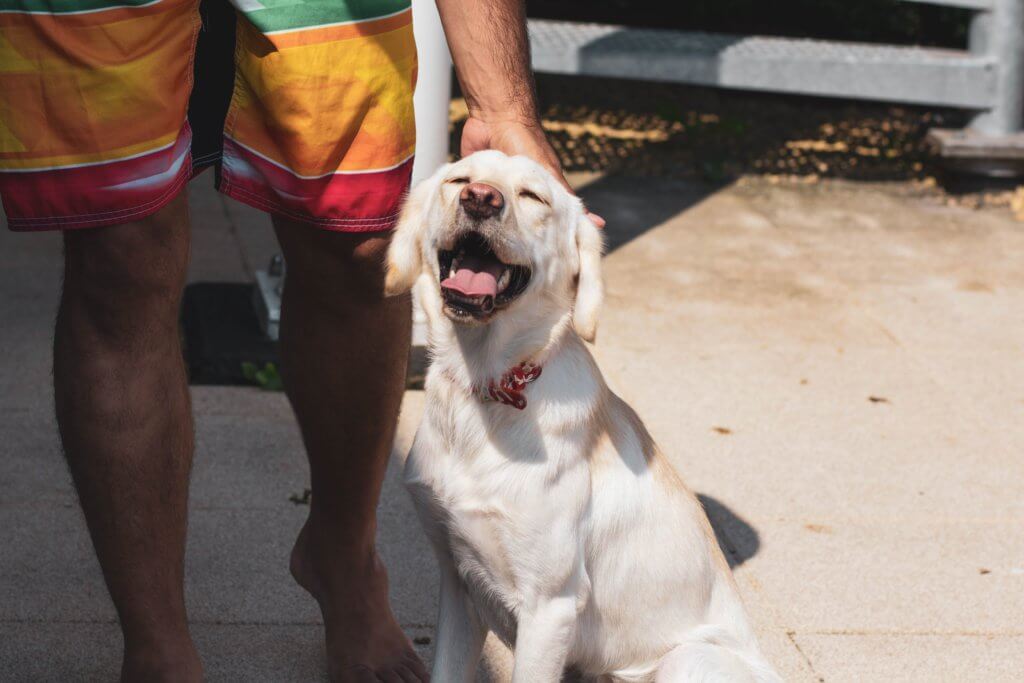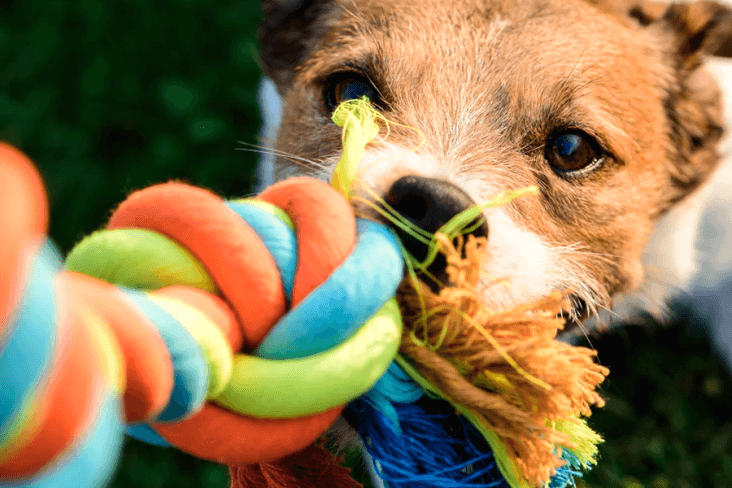Discover the truth about this fascinating breed in this quick guide. Plus the best labrador care and training tips – as well as important LabraDOs and LabraDON’Ts!
Labrador retrievers have been the world’s most popular dog breed for over 30 years. Renowned for their gentle, friendly nature – these caring dogs make the perfect canine companions.
Find everything you ever wanted to know about them here…
Labrador History 101
The modern labrador has only been around for around 200 years. They were first bred from British hunting dogs, crossed with Lesser Newfoundlands brought over on trade ships from Canada.
But as soon as they arrived in England – their popularity exploded!
By the 1870s, labs were everywhere. The first yellow lab was born in 1899, and chocolate labs followed soon after.
Lab Fact #1
The first photo of a lab was taken as far back as 1857! It was of a beautiful Labrador called “Nell”, owned by the Earl of Home

Why Are Labs So Popular?
Labs are some of the most family-friendly dogs there are. They have very sociable personalities and are great with children and other animals.
They were never bred as guard dogs, so aren’t territorial or prone to barking. Meaning they’re ideal for people living in busy areas, or who like a calmer household.
Labs are also very intelligent. Combined with their calm personalities, this makes them perfect guide dogs. In fact, it’s currently reckoned that 60-70% of all guide dogs currently working in the USA are Labradors.

Lab Fact #2
In 1938 a black lab was the first dog ever to appear on the cover of Life magazine!
Thinking About Getting a Lab? 3 Things To Remember
- Though Labs are incredibly friendly and gentle, they have a reputation for being very boisterous. They love to play – but being large (and often clumsy) dogs – can cause chaos if not well-trained!
A lab’s enthusiasm is also important to remember when training them on the lead. They need to be taught not to tug while they’re small, otherwise you may find yourself being dragged around when they’re fully grown.
- Labradors also have a tendency to chew things – especially furniture and plants. Important things to remember if you’re a house-proud owner thinking about getting a lab.
- Labradors tend to shed a lot. And since their fur is NOT hypoallergenic, it can be a nightmare for people with allergies or asthma. So regular brushing is needed to keep their coat in good condition.

Lab Fact #3
Labs really are the “Einsteins” of the dog world.
A golden lab guide dog called Endal was trained to respond to over 200 different commands!
This included:
• Collecting items from supermarket shelves
• Loading and emptying a washing machine
• Using a cash machine (And even putting the card back in his owner’s wallet!)
• Putting his owner into the recovery position, and even hitting the emergency button on the telephone if needed.
Labrador Health: Important Advice
Because labs lack the gene which controls appetite, they can easily become overweight. They also have a higher chance of having hip or elbow dysplasia (where the bones of the hip or elbow joints don’t grow properly).
Combined – these things mean it’s essential you keep an eye on how much your lab eats!
Too much weight on badly-formed joints can cause your dog a lot of pain, and may require expensive surgeries.

Labs In Numbers
How Much Do Labradors Cost?
Right now (January 2022), prices for puppies are quite high.
Currently a Labrador Retriever puppy will cost around £1500 if registered with the Kennel Club, and between £500 and £750 if not. That’s roughly double pre-pandemic prices.
Labrador Feeding Costs
Labs are big dogs with big appetites!
The average cost to feed a dog for a year is £200-£400. You can expect Labradors to be on the higher end of this, often around the £350 mark (approximately £30 a month).
Monthly Totals
With all the other costs factored in (insurance, annual health checks and boosters, toys, poo bags, etc), a labrador retriever will probably cost you between £65 and £80 a month.
Lifespan
Like most other medium-large dogs, labradors live an average of 10-12 years.

Still Don’t Know If A Lab Is Right For You?
LabraDOs
- Have a young family – Labs are great with kids, and are very gentle.
- Are older – Again, labs’ gentle nature makes them perfect companions. Plus exercising them will get you out of the house!
- Want a calmer dog – Fortunately, labs don’t bark very often, and aren’t territorial.
- Want a dog you can teach lots of tricks – Labs are very smart, and fast learners. Plus their goofy, fun nature means they provide endless entertainment!
Already have dogs – Labs get along with (almost) anyone, human or dog.
LabraDON’Ts
- Tend to leave food lying around – It WILL be eaten.
- Have less mobility or time – To keep labs fit and well-behaved, they need regular exercise.
- Have allergies to dog fur – Labs shed. A lot.
- Are particularly houseproud – See above!
- Like your space – While your Lab will LOVE you, they don’t have the best understanding of “personal space”.
- Need a guard dog – Your Lab will probably welcome burglars with wags and licks – not barking or biting!
Don’t have time for training – Labs are big dogs, and an uncontrolled Labrador can be hard work.
In Conclusion…
For all their quirks, there’s a reason labradors are the most popular breed in the Western world.
Their gentleness and playfulness (and expressive eyebrows!) have won the hearts of millions worldwide.
And who knows? Maybe they’ll win yours too!








Comments